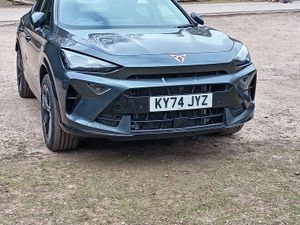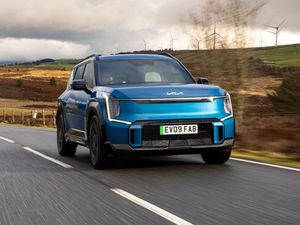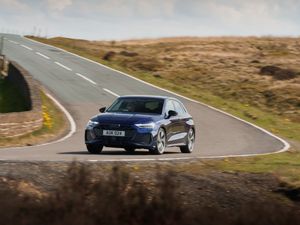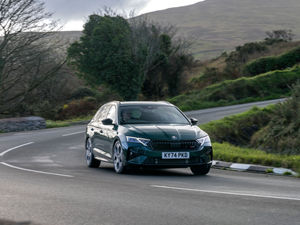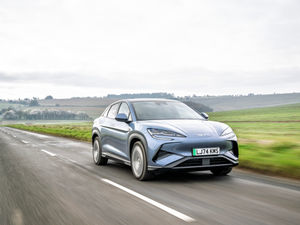UK Drive: Subaru’s Outback is a no-nonsense off-road estate car
The Subaru Outback is a rugged estate first seen back in 1995. This latest version promises more than ever – but can it deliver? Jon Reay finds out
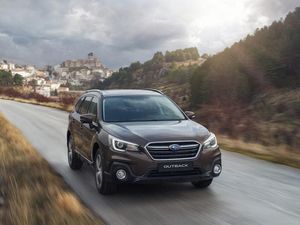
What is it?
These days it feels like plastic-clad, high-riding versions of hatchbacks and estates are everywhere. From the Ford Focus Active to the Volvo V90 Cross Country, there’s more to choose from than ever before.
One of the first on the scene, though, was the original Subaru Outback back in 1995. Then just a high-riding version of the maker’s Legacy estate, the Outback has since gone on to replace it entirely, though is still based on the platform of the Legacy saloon sold elsewhere in the world.
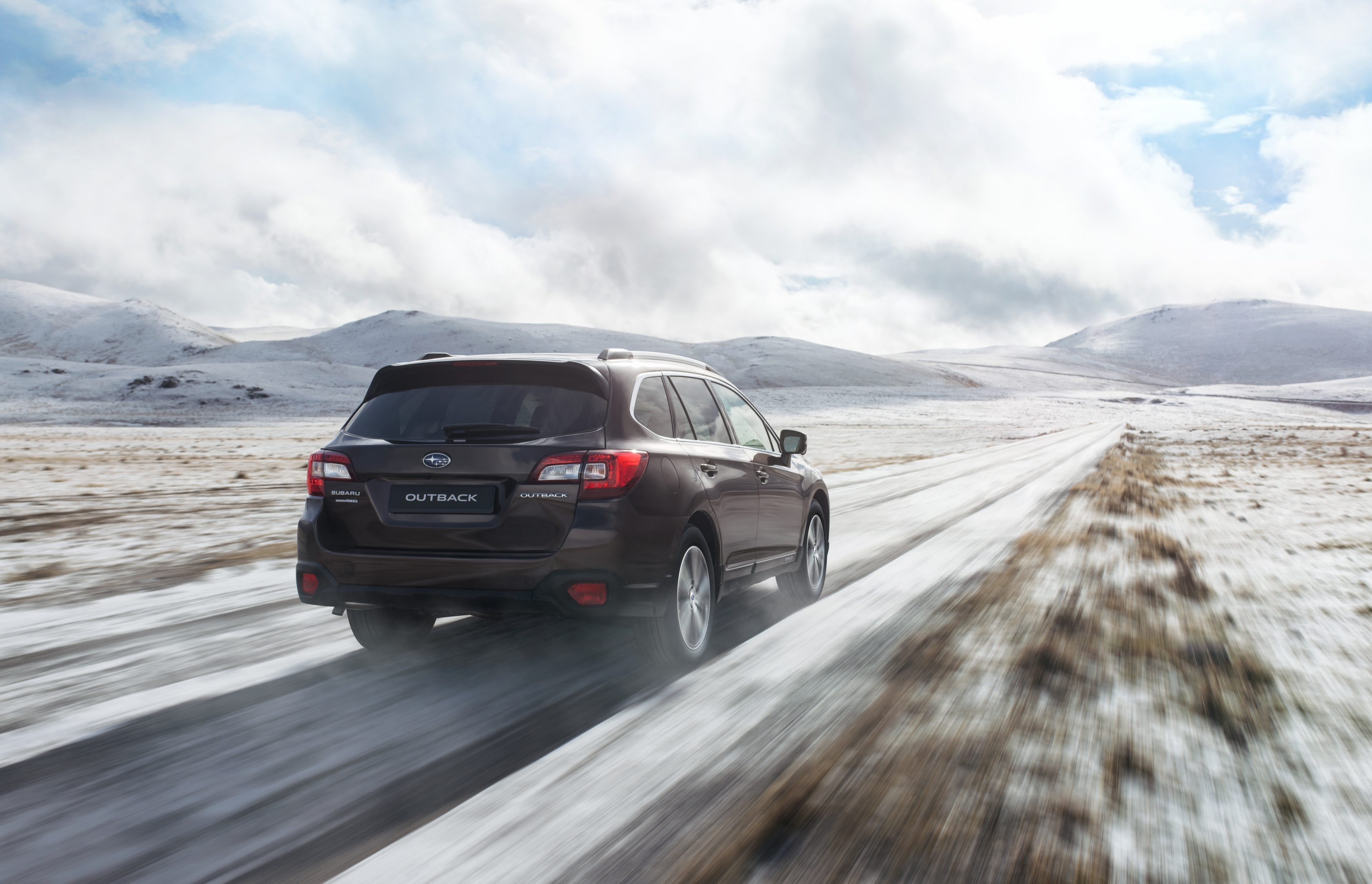
What’s new?
It might be about to be replaced, but that hasn’t stopped Subaru tweaking the Outback’s formula for its last few years on sale. Firstly, notable by its absence, is a diesel engine: Subaru now only offers petrol power for the Outback, and just one engine choice at that.
The interior has had a tweak or two as well, starting with the infotainment. There’s a bigger touch screen than before, and it’s now Apple CarPlay and Android Auto compatible too – something of a must these days.
There’s extra safety gear too: Lane Keep Assist is new, as is a selection of new cameras dotted around the exterior (including under each door mirror) to ease manoeuvring.
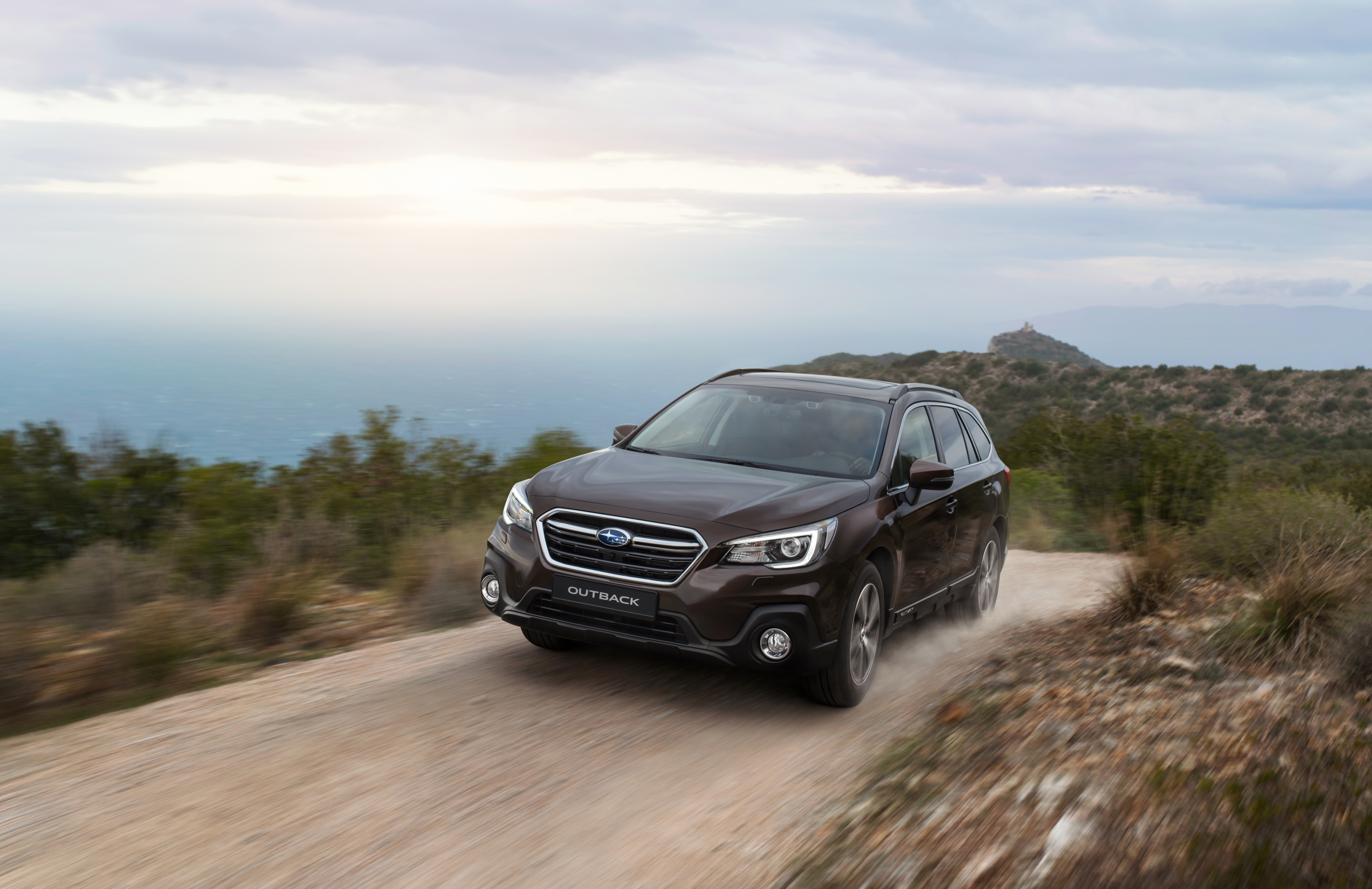
What’s under the bonnet?
Boxer, or ‘flat’, engines – those with horizontally-opposed pistons – are in Subaru’s DNA, so it’s no surprise to find one under the bonnet of the Outback. Here it’s a 2.5-litre, naturally-aspirated one with a not unreasonable 172bhp – enough to make reasonable progress, but not what you’d call quick. Where it’s shown up these days is a lack of torque: it makes only 235Nm, less than even a Ford Focus 1.5 EcoBoost, and far less than the average 2.0-litre diesel. Fuel economy isn’t great at 33mpg combined on the old NEDC system, but is roughly par for the course based on petrol rivals with similar power.
There’s only one choice of gearbox too: Subaru’s automatic ‘Lineartronic’ CVT. It’s not terrible, and it is at least reasonably smooth when pottering around town, but trying to encourage some pace out of the Outback sends the revs skyrocketing into a typical CVT drone. A modern torque converter-based automatic would be infinitely better.
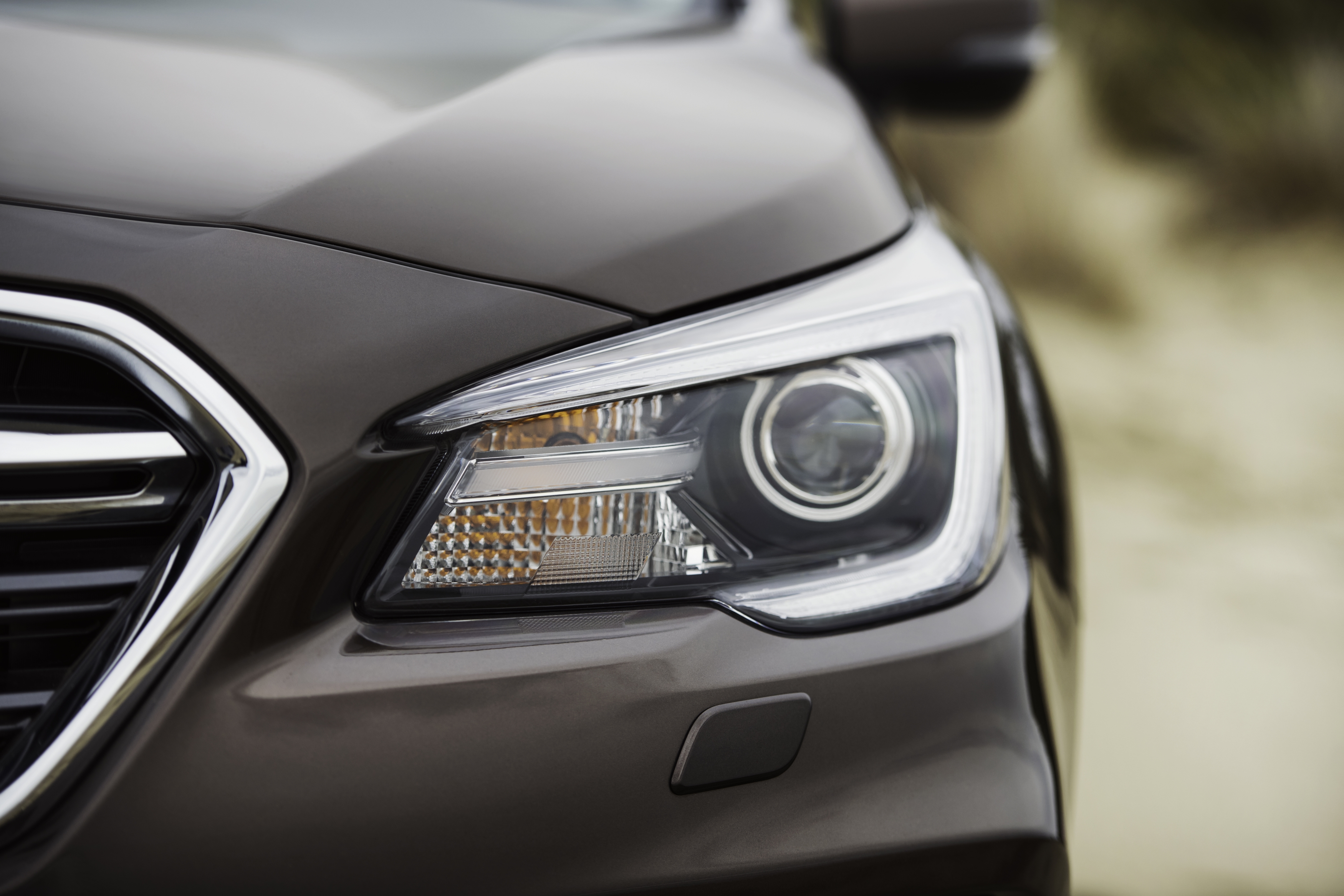
What’s it like to drive?
The Outback might look like an estate, but it’s surprisingly lofty – at 1.6 metres in height it’s taller than a Nissan Qashqai. As such, it doesn’t handle with any of the poise of usual estates like the Ford Mondeo or Mazda 6 – pitching and rolling where normal cars would remain relatively flat.
There’s a good reason for that though: the Outback has an impressive 200mm of ground clearance, rivalling that of the Land Rover Discovery Sport and even the Toyota Land Cruiser. Think of the Outback in this context and it fares better: more fun and refined than the average SUV, certainly.
Take the Outback off the beaten track – which we did – and things improve yet still. There’s only one electronic mode for off-roading – X-Mode, which engages hill descent control for downhill bits, and uses a brake-based LSD for climbing up slippery slopes – but it seems to do the job. Being relatively light for an off-roader (1600kg compared to a Discovery Sport’s 1900kg) helps too, though the 2.5-litre engine needs to be worked hard to make progress on challenging terrain.
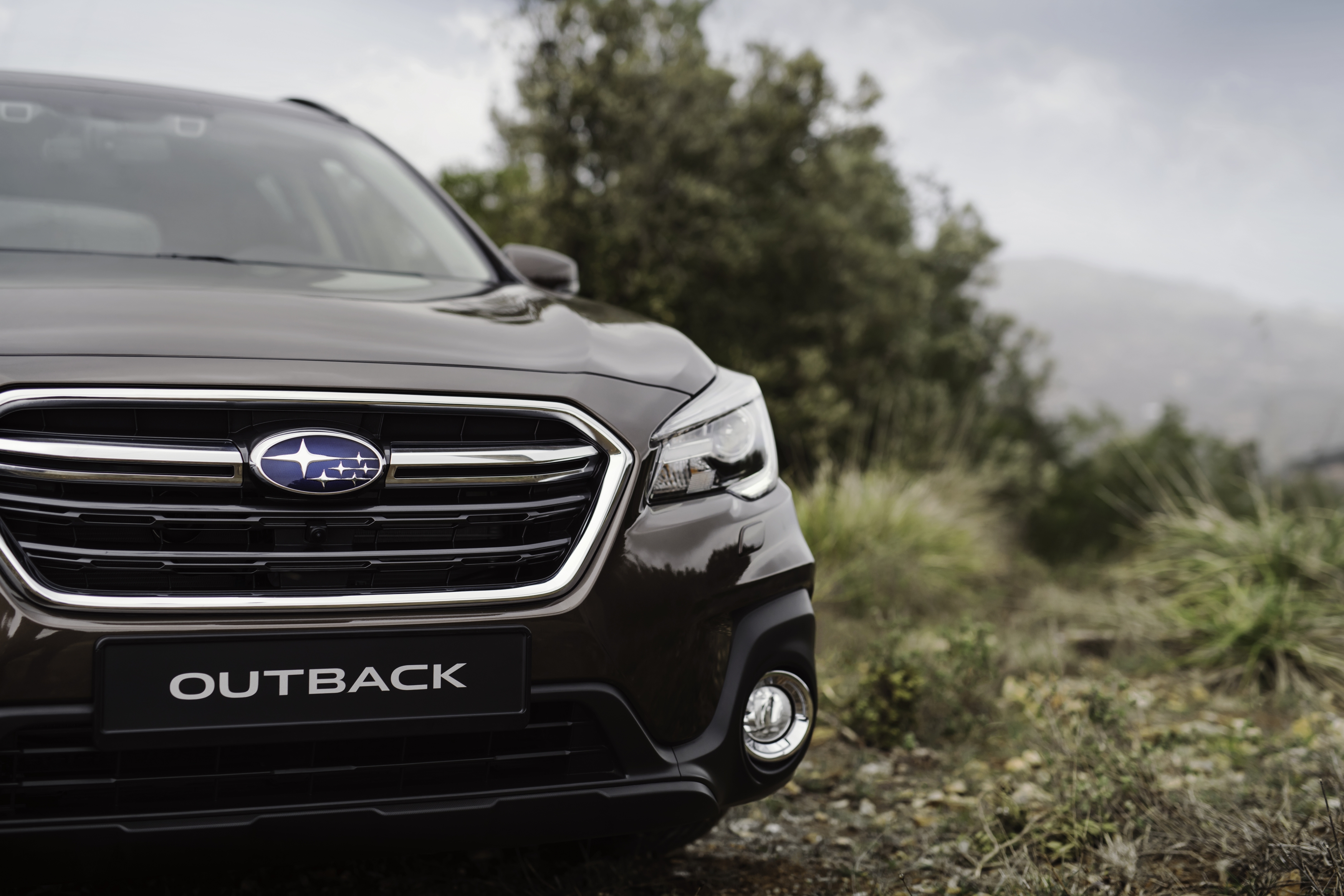
How does it look?
To our eyes, the Outback is more appealing to look at than the average SUV. Its rough-and-tough plastic cladding, high ground clearance and big tyres are unashamedly off-road focussed – and combined they give the Outback a no-nonsense vibe. Compare that with the usual style-over-substance crossovers and the Subaru starts to stand out.
With that said, there’s nothing overly stylish about the way the Outback looks. It’s not unpleasant to look at, but its shape isn’t as sleek as the average estate car, and Subaru’s rather anonymous corporate front end design isn’t what you’d call memorable.
Still, it’s not a bad looker, and it manages what few cars can: to be almost totally class-less. The Outback would look just as at home on a drive way in suburbia as half way up a farm track.

What’s it like inside?
Being a Subaru, it’s authentically Japanese inside the Outback – which is to say it’s well put together, if a bit plasticky. Everything is logically laid out, and most of the switchgear has a reassuring feel. The seats are comfortable, though the leather doesn’t feel as supple as that in its European rivals, and it feels as light and airy as the best of its crossover rivals.
That could be because the Outback isn’t short of space. The rear seats fold (nearly) flat to reveal 1,848 litres of boot space up to the roof – considerably more than the likes of the Volvo V90 and Ford Mondeo – and with the seats up, a very reasonable 559 litres are available.
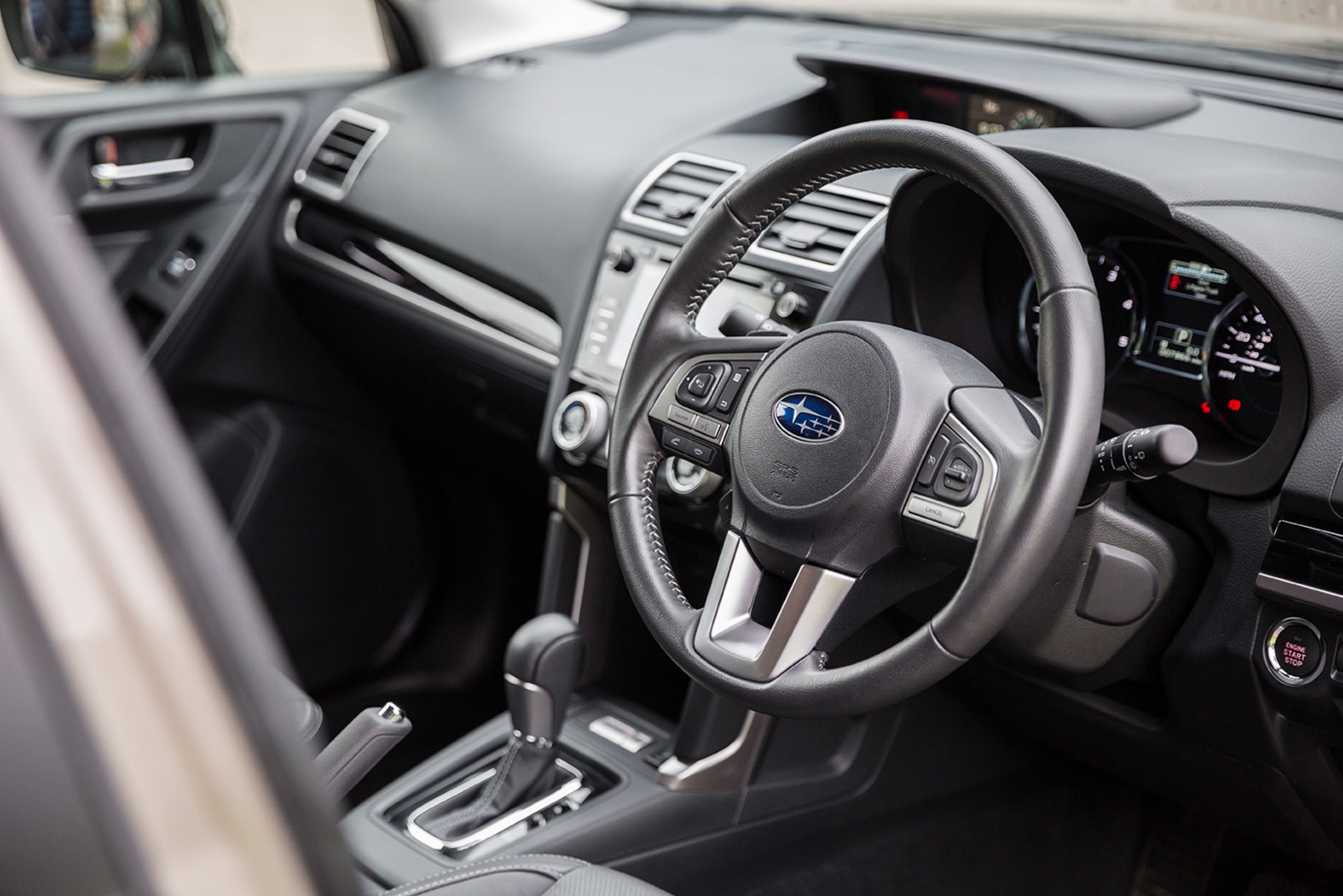
What’s the spec like?
Subaru’s focus these days is safety, and it shows. On top of the permanent four-wheel-drive – itself something of a safety feature – Subaru has loaded up the Outback with every conceivable bit of safety technology available as standard. Adaptive cruise control, pre-collision braking, lane departure warning, blind spot and cross traffic alert, lane keep assist, the list goes on.
There are just two trim levels: SE and SE Premium, both of which have more than generous kit levels. The latter of gets leather seats, a powered boot lid, larger alloys and the larger 8-inch colour touch screen. All Outbacks get heated, electrically adjustable front seats, LED headlights, satellite navigation, reversing camera and the aforementioned safety kit.
Spec a Skoda Octavia Scout – itself not an expensive car – to the same level and you’ll be looking at spending around £3,000 more than the basic Outback.
Verdict
Subaru has a habit of carving out a niche for its models, and the Outback is no different. There are more efficient, more car-like rivals available for the same money, but none will match the Outback’s off road abilities. Only the Mercedes E-Class All Terrain is likely to get close, but at a cost: over £62,000, twice the price of the Outback.
It’s certainly not perfect, but if you need a reasonably-priced, well-equipped family car that simply must be capable off-road, the Outback is unbeatable.

